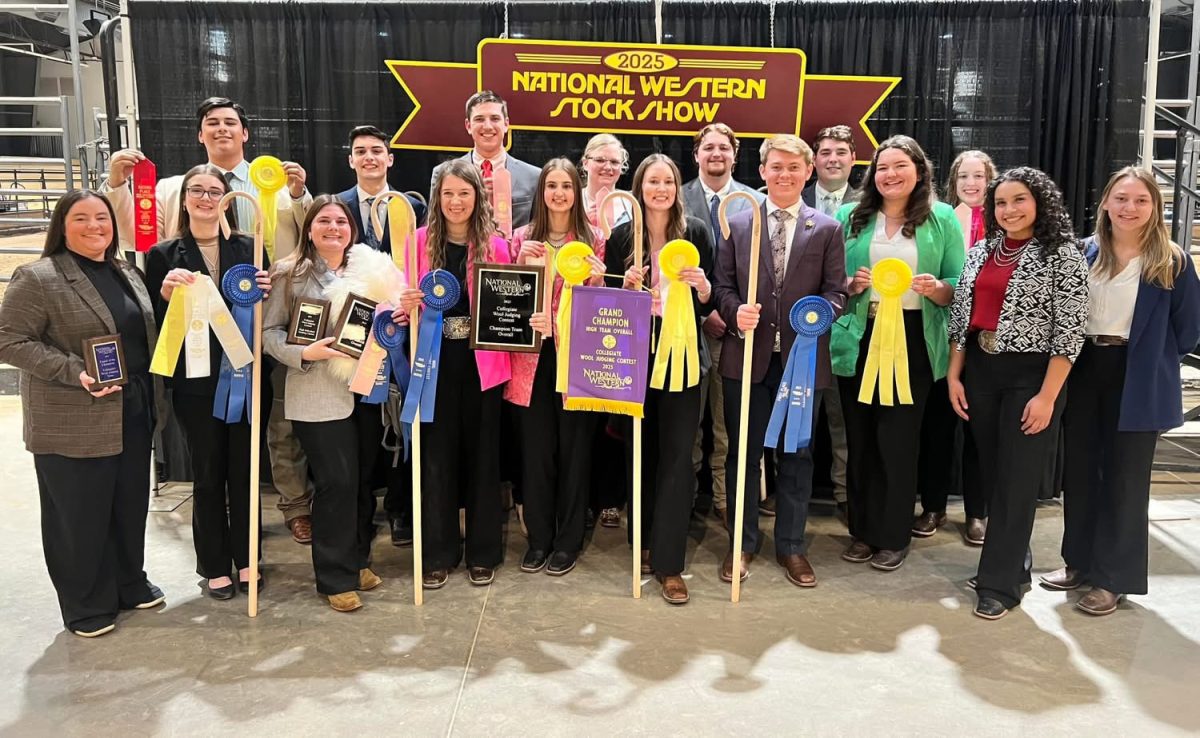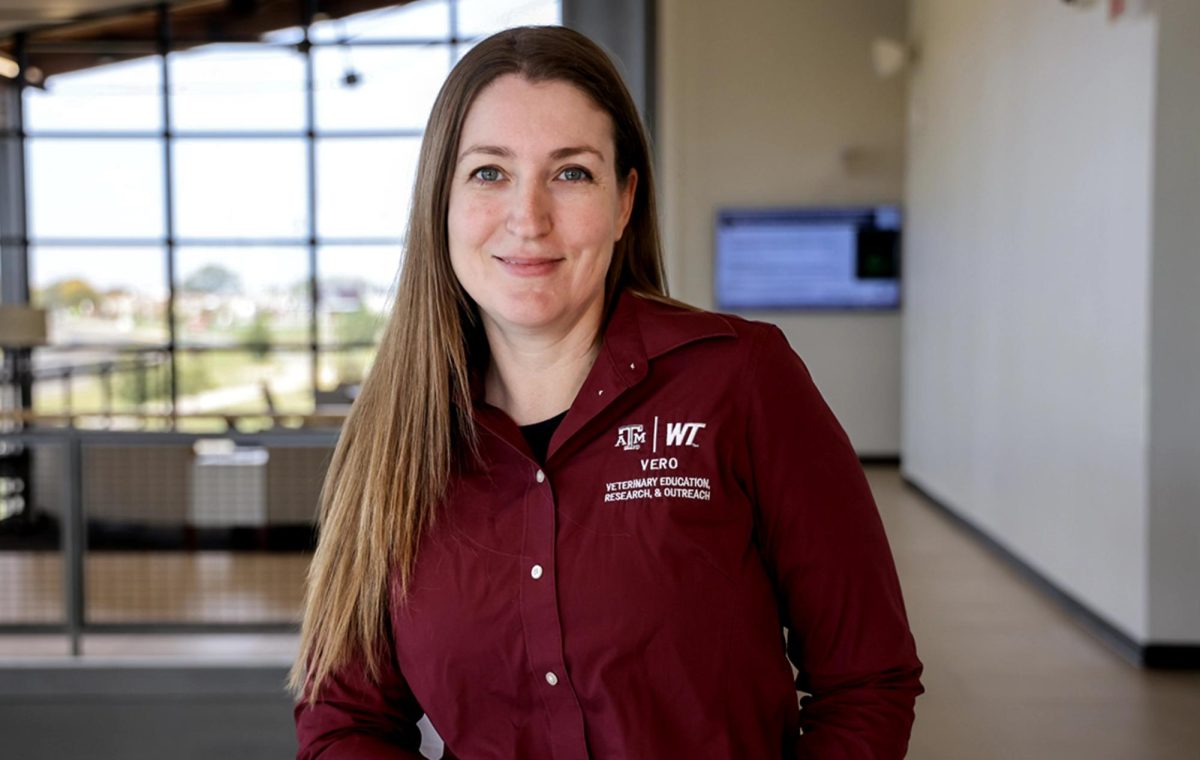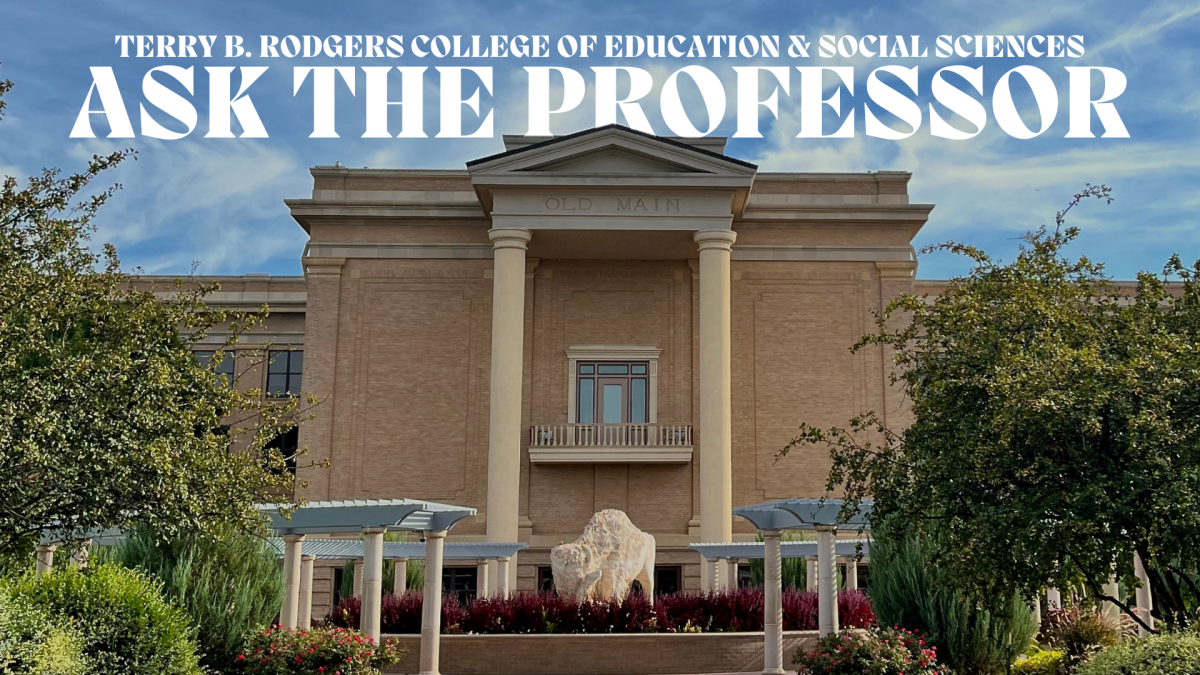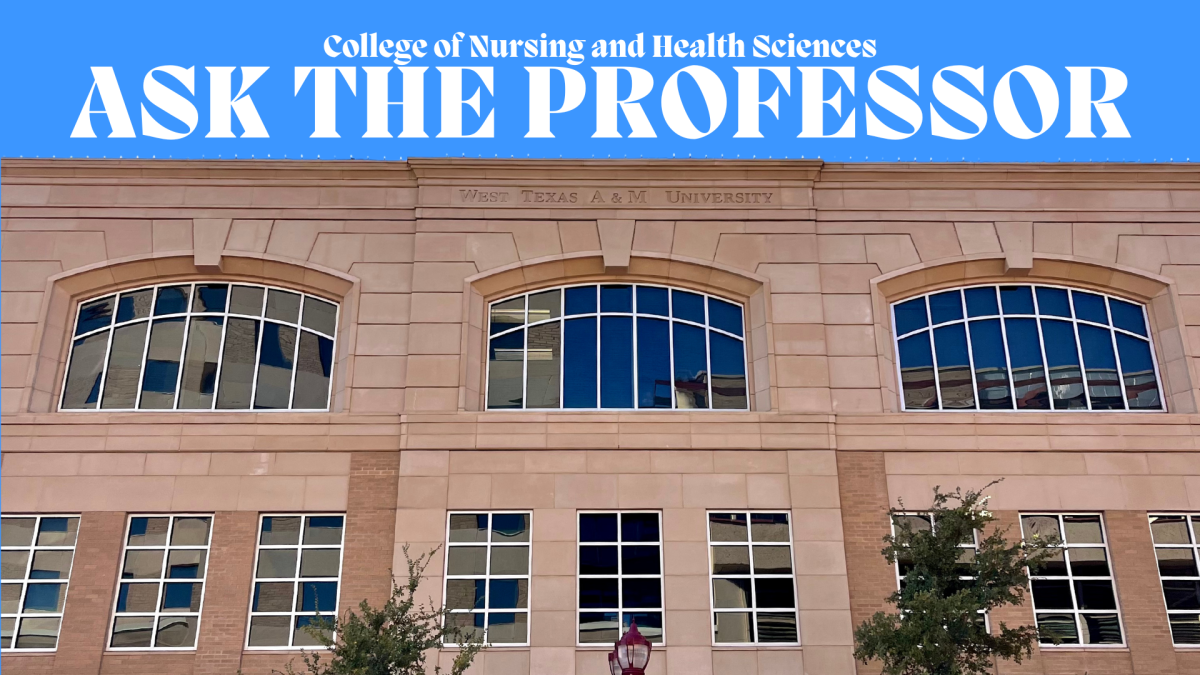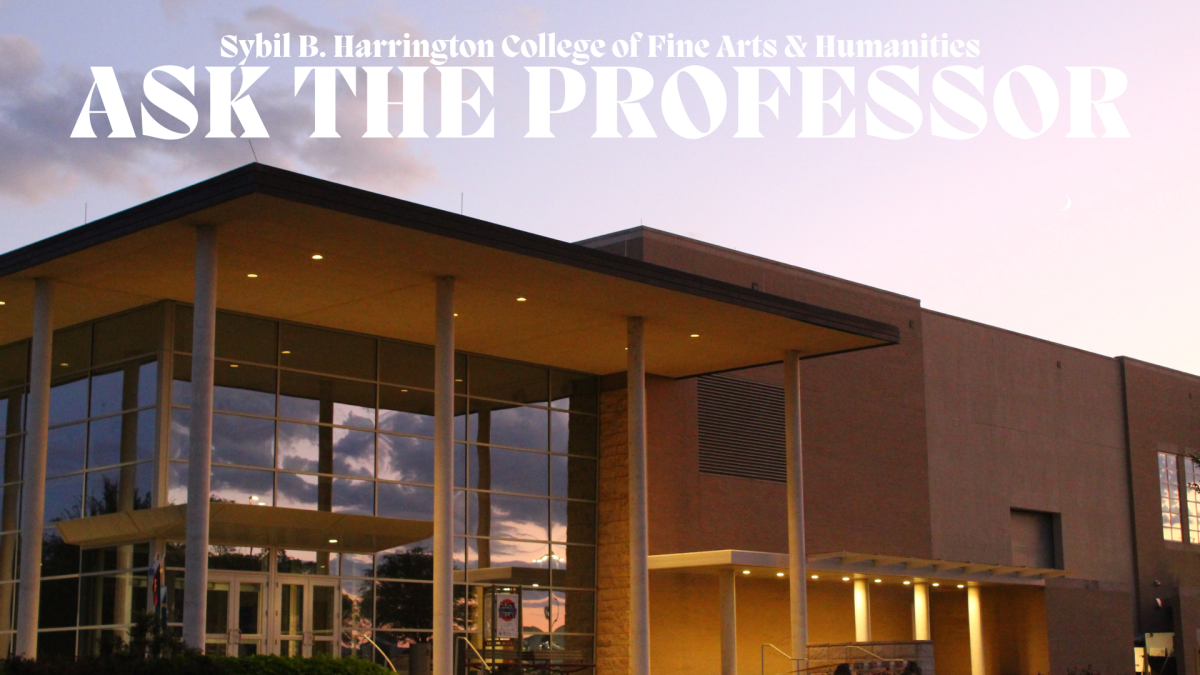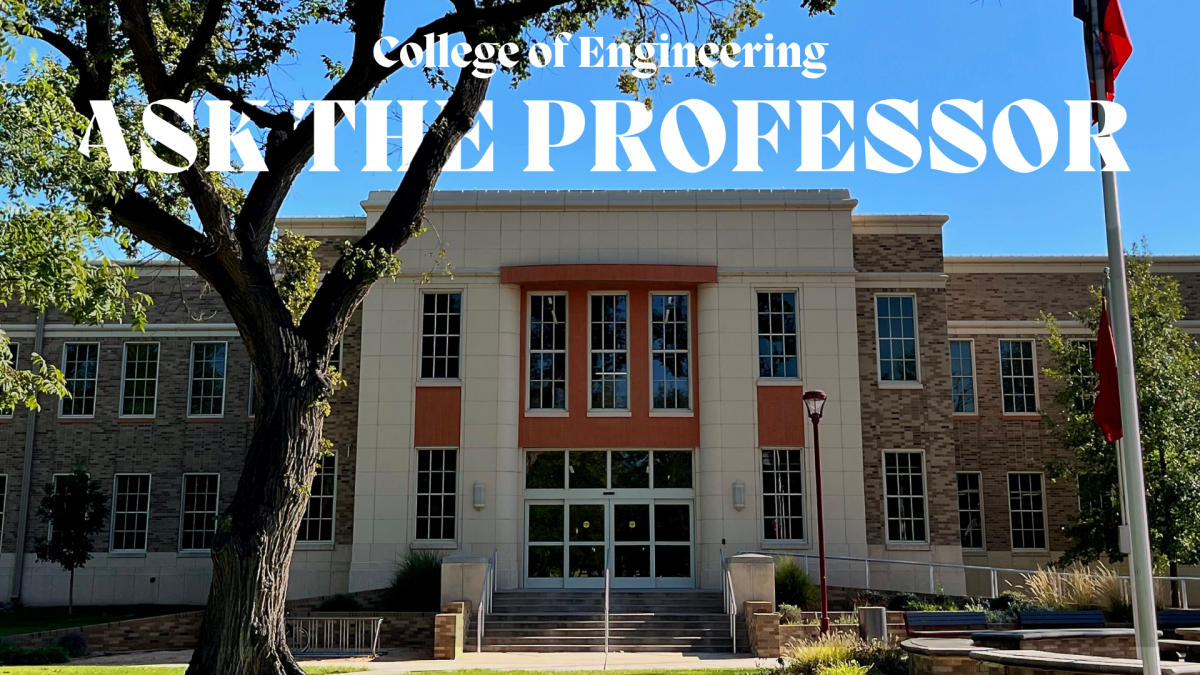Professor of Biology, Dr. Ray Matlack, teaches wildlife conservation, wildlife management, natural history of vertebrates, animal behavior, ornithology and mammalogy in the Department of Life, Earth and Environmental Sciences at the Paul Engler College of Agriculture and Natural Sciences.
As a wildlife biologist, Dr. Matlack cannot choose just one favorite animal.
“I don’t know… there’s so much wildlife, why pick one?” Dr. Matlack said. “I can exclude things – primates with nails. Not my favorite. Not saying you personally; students get an exemption. But in terms of like mammals? I like most mammals, excluding the mammals that have nails. That would be your upper primates: apes or chimps, gorillas [and] orangutangs. Although orangutangs, they probably get a pass, they’re alright. But other than that, the rest of the mammals are alright. Birds are great. Reptiles, amphibians, even the fishes. Insects, arachnids… I like them all.”
Growing up in Florida, Dr. Matlack has been a fan of nature and of wildlife since childhood.
“And growing up there, I grew up catching snakes and everything that moved to be honest – alligators and, and all of that,” Dr. Matlack said. “I love to be outdoors. I love to fish. I love to swim and snorkel, and you know, canoeing out in that kind of stuff.”
Dr. Matlack joined the military out of high school and initially chose a career in power line repair after his service. The power line repair program had a two-year waitlist, so Dr. Matlack decided to pursue college. He enrolled as an undeclared major and his advisor convinced him to try a few honors courses.
“And these are serious students, these honors students,” Dr. Matlack said. “I didn’t know anything about college. I’m first-generation. I assumed this is how everybody was, and I’m competitive.”
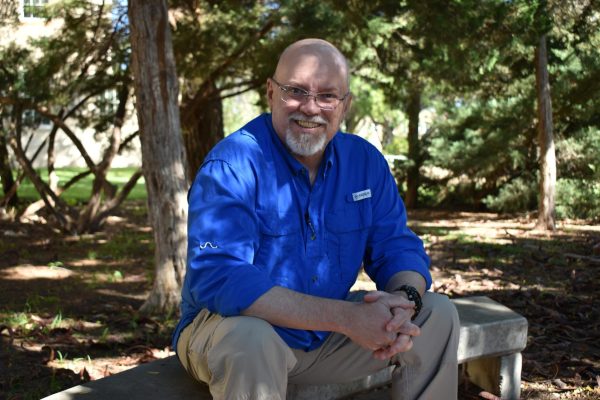
Dr. Matlack investigated the wildlife biology program after he saw a flyer for the student chapter of the Wildlife Society. He is currently the advisor for the student chapter of the Wildlife Society at West Texas A&M University. Dr. Matlack is currently conducting research on free-tailed bats in Palo Duro Canyon with a graduate student, Ciera Heinrich.
“So, there are day roosts and there are night roosts,” Dr. Matlack said. “Day roosts, they’re generally there all day. Night roosts, they can come and go. Well, with the free-tail bats, we’ve not found any studies on what we call their activity budgets. That is what do they spend their time doing throughout the day on that roost and you’re going to find things like grooming or crawling or interactions with their neighbors, those sorts of things. So that’s something that Ciera, my new graduate student, is going to do during the day, but we’re also going to monitor them on the roost at night.”
Dr. Matlack hopes to use acoustic monitors to determine if the free-tail bats are staying in the Palo Duro Canyon in wintertime.
“Then, that still gives me the problem of figuring out where they’re coming from in the wintertime,” Dr. Matlack said. “But that’s another interesting question, right? You don’t want to run out of questions. You never do.”
Dr. Matlack said that the bats living on campus – such as the colony found in Founders Hall in August – are not necessarily attracted to higher education.
“Well on the High Plains where we are, where there’s nothing but historically grasses, right? There are no places for bats to roost,” Dr. Matlack said. “Bats would have utilized the Llano Estacado, that’s the high plains, but they would have come from the canyons in places where there were caves and crevices and trees for them to roost in, and they would have flown up here to forage and then come back down. So, in our environment when you put up structures like these buildings on campus, and down on the square and all of that, what you have done is you have created a ton of roost sites for bats.”
Dr. Matlack said that at this point in his career it’s difficult for him to see an animal that he’s never seen before, but that watching students see an animal for the first time is its own reward.
“And so, I told them, you know, a new animal that you’ve never seen before is called a lifer,” Dr. Matlack said. “I get to take them to places and watch them see their first lifer or their second lifer or [just] see lifers. And that’s what I want to see: whatever they want to see. That’s what I want. So, I get to do that. I get paid to do that. It’s a pretty, pretty good gig.”




